|
Brand-name Preciosa recently launched new crystal innovations, Mad for Sparkle SS 2025. Taking inspiration from the classic story, Alice in Wonderland, the manufacturer created new rhinestone colors. These hues invoke the magic of sparkle with the whimsy of the classic tale. 
1. Acid Yellow This luminous hue of yellow follows the trend of “dopamine dressing”. The term reflects the joy that arises from wearing certain colors. Invigorating and energetic, acid yellow makes a bold statement.

3. Rose Peach This rhinestone color begins with a bold pink, but the manufacturer softens it with warm undertones of peach. Its cheerful sparkle is often associated with romance reminiscent of roses of the same shade. These innovative colors give designers new hues for self-expression and statement-making shine. Offering an extensive palette of hues, these rhinestone colors are now part of Preciosa’s extensive portfolio of colors. A Review of Other Preciosa Rhinestone Colors Typically, rhinestone color offerings vary by manufacturer. Preciosa, the oldest manufacturer of crystalline products, offers a large selection divided into categories. Crystal is the original rhinestone designed to mimic diamonds. Although a clear embellishment, its silver backing gives it a light silver presentation. Next are the standard colors. Rhinestone manufacturers add minerals to the crystal to create a product similar in color to real gemstones. Ruby, emerald, and topaz are some colors that fall into this category. Many manufacturers also produce AB/Shimmer AB colors. These rhinestones begin with crystal or a standard color, but the manufacturer applies a special iridescent coating. The final result? A rhinestone reflecting different colors of the rainbow while the original color shines through. Preciosa offers Shimmer AB colors, a lighter coating than AB allowing more of the original color to sparkle. Finally, you may also find color changing or unique color rhinestones that fall into the coated color category. These may have a surface or backside coating to give them a unique shade. Some examples produced by Preciosa include neon colors as well as metallic colors like Rose Gold. FAQs About Rhinestones Are you shopping for bling supplies and have some questions about rhinestone colors? Below we answer a few commonly asked ones. Do Manufacturers Have Different Price Structures for The Color Categories? Many rhinestone manufacturers charge more for AB or coated colors and some charge the same as standard colors. Usually, this is due to the difference in manufacturing processes. For many quality brands, unique colored rhinestones cost more to create than standard colors. Are All Colors Available in Hot Fix Rhinestones? Hot fix rhinestones are crystals with glue on the backside for heat application. The availability of color selection also depends on the manufacturer. Preciosa offers a large selection of colors of heat activated rhinestones. We’ll be adding these to our store soon! Can I Mix Standard and AB Colors on My Bling Project? Absolutely! Using both the standard and AB rhinestone can add movement and depth not achieved by a single color. Plus, AB color rhinestones appear to sparkle more because the coating increases the visibility of the facets. Rhinestones Etc. has the new exciting colors from Preciosa along with many other fun colors. We offer fast processing times, great customer service, and competitive prices. Browse our online store and find the perfect hue for you.
0 Comments
The aurora borealis is an atmospheric phenomenon producing a spectacular display of dancing lights in the northern night sky. While green is the most predominant color, you may also see red, violet, yellow, blue, or purple hues. This natural exhibition of color inspired the creation of AB rhinestones. The Impact of Christian Dior on AB Rhinestones You can never really go wrong if you take nature as an example. - Christian Dior Christian Dior was a Parisian designer who opened his own fashion house in 1946. His style revolutionized women’s clothing during the post-war era. To accessorize these more feminine styles, Dior also began creating jewelry. Ultimately, his interest in fusing nature with fashion led to a collaboration with the famous rhinestone manufacturer, Swarovski. This partnership produced the first AB rhinestones, named after the aurora borealis. Swarovski coated clear crystal to create a rhinestone with sparkling iridescence colors reminiscent of the Northern Lights. A completely new innovation, aurora borealis or AB crystals became very popular with many other jewelers. This popularity led to rhinestone manufacturers offering other Aurora Borealis colors. Today, you’ll find almost as many AB colors as regular rhinestone colors. Distinctions Between Rhinestone Colors Typically, when shopping for rhinestones, you’ll find plenty of color choices. In addition to creating standard and AB colors, you may also find that manufacturers use the term “special coatings”. These types of rhinestones have a surface or backside coating to create stunning new hues. For example, metallic-looking rhinestones shimmering in gold, silver, or bronze usually fall into this category. Moreover, the vivid and vibrant colors of neon rhinestones often have a special coating to achieve their electrifying hue. Generally, manufacturers group colors into several categories:
However, just like shades and tints of colors can vary between brands, so can the coating. Some rhinestone manufacturers add a light layer often referred to as “shimmer AB”. Manufacturers refer to the heavier coating as simply “AB”. Generally, the heavier the AB coating, the less of the original color shines through. Furthermore, the chemical composition of the manufacturer's coating will also impact the rainbow effect. Finally, depending on the rhinestone manufacturer, the price structure for each color category may be different. Often, brand-name companies charge more for AB and coated colors, while the standard colors are less expensive. Choosing a Rhinestone Color for Your Project Using AB rhinestone colors can add depth and movement to your bling project. Typically, these appear more sparkly than the standard colors because the coating intensifies the visibility of the facets. Combining both the standard and AB colors can add a new dimension to make your bedazzled item stand out. Today, AB colors are very popular for costume embellishment in the dance and skating world. While the original hue shines through, movement results in an explosion of color. Usually, lighter colors tend to have more of a rainbow effect sparkling with yellow, pink, purple, red, or blue. While dark colors take on a metallic, bluish-green color. A perfect example of this is the Jet AB rhinestone. Of course, choosing colors is a personal preference. Whether you want to blend hues or have a pop of color, aurora borealis colors can add to your project. Are you ready to begin working with AB color rhinestones? Rhinestones Etc. has a huge supply of crystal rhinestones in stock. We carry both the premier Preciosa Maxima and the cost-effective PriceLess brands. With fast processing times, competitive pricing, and excellent customer service, we want to be your source for bling. Browse our online store to find the perfect rhinestone size and color for your next project. Shopping for rhinestone colors can be fun, yet overwhelming. You’ll find many beautiful hues and shades. Some manufacturers offer over 100 different options. So, how do you choose from among the many choices? Rhinestone Colors Vary Due to the Manufacturing Process Often, manufacturers will use the same color names to describe a particular color. For example, almost all rhinestone companies use the following designations for similar hues:
However, even though rhinestone manufacturers may use the same name, the color may be slightly different. Generally, the color brightness and saturation of rhinestone colors depend upon light. Primarily, we perceive color based on how much light the object absorbs or reflects light. Moreover, different rhinestone materials absorb and reflect light differently. Typically, you’ll find 3 basic types of materials among rhinestone manufacturers: acrylic, glass, and crystal. Sometimes, you may also see jelly or resin rhinestones, but these are a type of acrylic. Acrylic material allows more light than glass or crystal to pass through it. Yet, glass and crystal rhinestones allow for greater light reflection. This is one reason for the color variations between manufacturers. Then, there’s the choice of coloring process. Some manufacturers add copper, chromium, cobalt, and other inorganic compounds to produce color. Usually, these include manufacturers of glass or crystal rhinestones. Others use pigments to change the hue. Often, these are companies producing acrylic rhinestones. These different processes can result in slightly different shades of the same color. Categories of Rhinestone Colors Once you’ve decided on the type of rhinestone you want to use, you can browse the manufacturer's selections. Often, manufacturers group their products into rhinestone color categories:
Usually, the 2 most popular choices are crystal and crystal AB due to the fact they match everything. Crystal is clear while crystal AB is clear with an iridescent coating giving it a rainbow effect. Some people prefer the AB rhinestone over the crystal for its ability to reflect the colors around it. Generally, standard colors are your typical broad palette of colors like reds, blues, greens, purples, yellows, and opals. Typically, opal rhinestones have a pearly luster similar to the gemstone. For example, Rose Opal is an iridescent milky white with a slight pink hue. Basically, AB and Shimmer AB colors are standard colors with the iridescent coating on top. The difference between the two is the AB has a heavier coating than the Shimmer AB. Both give you the rainbow effect on the surface while the underneath standard color shines through. Finally, metallics, neons, and a few other colors fall into the coated color category. These special-effect rhinestones may have a surface or backside coating to produce their unique coloring. Choosing the Best Colors for Your Project Usually, picking your color selection for whatever rhinestone project you’re about to undertake can appear challenging. Some experts claim clashing colors are trendy while others warn against creating a contrasting visual. So, who’s right? Typically, your choice of color depends on your project and the statement you want to make. For example, are you bedazzling a dance costume? In this case, you may want to use bright, vivid colors for a bold statement. Bedazzling a formal dress? You may want to use softer, muted hues. Remember, choosing colors is a personal preference and there is no right or wrong answer. FAQs About Rhinestones Ready to begin your project but have some more questions about rhinestones? Below, we answer a few commonly asked questions. Can I Glue Rhinestones to Any Type of Fabric? Generally, you can glue rhinestones to any surface including fabrics. However, some adhesives work better with some materials than others. For example, natural leather has oils that can weaken the bond of some glues. Other surfaces, like metals, are smooth and non-porous. Always check the adhesive manufacturer’s guidelines before starting your project. Can I Wash Bedazzled Clothing? Yes, you can. However, it’s important to follow the recommended technique for gluing rhinestones. Then, when you need to wash your bedazzled clothing, turn your garment inside out and use a garment bag. You’ll also want to use the gentle cycle with a mild detergent. Alternatively, you can hand-wash your blinged out garment. Does It Matter What Rhinestone Brand I Buy? Over the years, new manufacturers of rhinestones have entered the marketplace. You may see different names like DMC, MC, resign, or jelly designations. Usually, different rhinestones will also have varying cost structures. Moreover, you’ll find a big price difference between a name brand crystal rhinestone and a generic acrylic embellishment. Often, your project will help determine which rhinestone brand is best. For example, less expensive rhinestones are perfect for kids’ crafts. Whereas, you may want to use a high-quality brand name to bedazzle your wedding dress. Accordingly, you’ll want to buy your rhinestones from a trusted source. Since 2011,Rhinestones Etc. has been offering high-quality embellishments. We have a huge inventory of colors and sizes and we continue to expand our stock. Browse our online store to find your hue.
Most people have heard of color theory, guidelines explaining how to mix, match, or contrast different hues. Generally, you can apply these principles to fashion too. Typically, wearing a particular color says something significant about your personality. Moreover, wearing bedazzled clothing adds a layer of self-expression similar to accessorizing your outfit. Yet, when you create DIY blinged out outfits, do you have trouble choosing rhinestone colors for your project?
Rhinestone Color Categories Offered By Most Manufacturers Rhinestones trace their history back to the 1700s when Bohemian glassmakers created the world’s first chaton. A cut crystal with a mirror like backing, the chaton quickly took the world by storm. Today, you’ll find manufacturers offering rhinestone shades in 6 basic categories: 1. Crystal A clear stone, crystal is the first manufactured rhinestone making its appearance around 1775. At that time, jewelers cut facets into the crystal and then coated the backside with a metal powder. This backside coating acted as a mirror to reflect incoming light. The result? Outstanding sparkle that closely resembled diamonds. 2. Color Diamonds weren’t the only sought after gemstones. The ruby, emerald, and topaz were also very popular. In an effort to replicate other gemstones besides diamonds, glassmakers experimented with adding different metal compounds. Jewelers added copper, chromium, cobalt, and iron to create imitations of other rare precious gemstones. 3. Crystal AB It was 1956 when fashion designer, Christian Dior, collaborated with rhinestones innovator, Swarovski. Dior was looking to create a new rhinestone that would take inspiration from nature. Together, they created the AB rhinestone, crystal with an application of iridescent metallic coating. This coating produced a rainbow effect reminiscent of the Northern Lights. 4. Color AB The AB coating isn’t limited to just crystal rhinestones. Manufacturers also add this iridescent coating to many of their standard colors. Ultimately, you have the rainbow effect on the surface while the underneath standard color shines through. 5 Shimmer AB In the last few years, some manufacturers have begun offering Shimmer AB rhinestone colors. This coating is a lighter AB effect that shows the underneath color more vibrantly. 6. Special Effect Coatings You’ll also find a few rhinestones with a special effect coating on them. Usually, manufacturers use these coatings to give the rhinestones a metallic look. The color Aurum is one such example of a rhinestone with a thin layer of 24-carat gold on top. Bedazzled Clothing And Choosing Rhinestone Colors Now that we’ve gone over the basic terminology of rhinestone colors, it’s time to discuss color theory. Colors have varying levels of saturation or degrees of intensity. When choosing a hue, you’ll also want to consider the temperature or perceived warmth of a color. Remember, color is a personal experience and your preference for a certain shade will reflect your individual taste. If you’re looking for a pop of accent color, you’ll need to choose a complementary color for your garment. Complementary colors are exactly opposite on the color wheel. This contrast makes both hues appear more vibrant. For example, blue and orange are complementary. Other times, you may want to blend hues. At these times, pick colors similar to each other or different shades of the same hue. When choosing rhinestone colors, you may want to incorporate AB or Shimmer with a standard color. Finally, the use of a triadic color scheme will create a bold, vibrant, and eye-catching garment. For this combination, choose one dominant color and 2 accent colors spaced equally apart on the color wheel. Some examples of triadic colors are purple, green, and orange or red-violet, yellow-orange, and blue-green. FAQs About Rhinestones We love to answer any questions you have about rhinestones. Below, we’ve answered a few commonly asked ones. Do Different Manufacturers Use The Same Color Names? Sometimes, certain companies will use the same color names for a particular hue. For example, a popular name for red is Light Siam. However, different companies produce slightly different shades even if they use the same name. Should I Find Color Variations In A Rhinestone? Occasionally, with cheaply manufactured rhinestones, you may find color variation within the rhinestone and between batches. However, here at Rhinestones Etc. we sell only high-quality crystal rhinestones with consistent hues in every product. How Many Rhinestones Are In A Gross? One gross has 144 rhinestones. Where Can I Buy Quality Rhinestones? Rhinestones Etc. has been selling quality products for over a decade. With fast shipping and great customer service, we want to be your source for rhinestones. Plus, we have a huge inventory with every color imaginable! Let us help you sparkle at your next event!
Participating in a dance competition provides many great opportunities and learning experiences. Yet, lessons and entry fees can add up leaving little left over for a sparkling new dress. Instead, buy an inexpensive plain dance dress and add rhinestones. You can find a huge inventory of crystal rhinestones for dance costumes at Rhinestones Etc.
The Best Type of Rhinestones For Dance Costumes Once you've decided on a dance dress, it’s time to choose your rhinestones. The most common shape is round with a variety of options on brands, types, colors, and sizes. Primarily, you’ll find rhinestone manufacturers of plastic, glass, and crystal rhinestones. Typically, crystal rhinestones offer the greatest amount of sparkle followed by glass, resin, and acrylic. In addition, the number of facets and their arrangement will affect the play of light. Generally, manufacturers create rhinestones with a range of 10 to 15 facets. Moreover, you’ll need to choose between hotfix or glue on rhinestones. Hotfix rhinestones have glue on the backside of the rhinestone. To adhere rhinestones, you need to activate the glue using a hotfix applicator, iron, or heat press. Alternatively, glue on rhinestones require an adhesive to attach them. Next, you’ll need to choose your color. Often, many people select either crystal or crystal AB because it can be difficult to pick just the right hue. Crystal is a clear rhinestone while the AB is clear with a rainbow coating. The rainbow coating can pick up the color of the underlying fabric making it a favorite among dancers. Yet, choosing your color is a personal preference with no wrong answers. Some people like a pop of color with a contrasting hue. While others like the color to blend in with the color of the fabric. Finally, you’ll have to select a size. Rhinestone manufacturers use a unique measurement known as stone size ranging from very tiny 5ss to large 48ss. Usually, 16ss, 20ss, and 30ss are popular sizes of rhinestones for dance costumes. You can choose a single size or mix sizes for added dimension. Creating Your Rhinestone Design If this is your first time creating a bling project, it can be intimidating. However, many times the dance dress will have seams, cutouts, or straps that could use more visibility. Additionally, you can use any lines or shapes in the costume to dictate your design. Another idea is to scatter or distribute rhinestones in a random pattern. Scatter designs work well when you have a large space to fill. You can get even more creative by using different shades of color for an ombre effect. For specific curves or shapes, you can make a template. Often, it’s helpful to lay the dress flat arranging rhinestones to help create your design. When you’re ready to adhere the rhinestones to the dance costume, begin with your key element. Lay out your pattern aligning your center and working outwards. Often a ruler or tape measure can help keep your rhinestones evenly spaced. Where to Buy Rhinestones for Dance Costumes Rhinestones Etc. has been selling high-quality rhinestones since 2011. With super fast processing times and excellent customer service, we want to be your source for crystal rhinestone embellishments. Plus, we give extra discounts for bulk rhinestone orders. Browse our online store to find your perfect size and color. Have you ever had the opportunity to be far up North to see the Aurora Borealis or Northern Lights? If so, then you know the beautiful display they put on every night. Colors such as green, pink, red, yellow, blue and violet dance in the night sky. This phenomenon is caused by charged particles released from the sun’s atmosphere colliding with gaseous particles in the Earth’s atmosphere. As a result, there is a stunning display of spectacular dancing colors in the sky. AB Rhinestone Color Explained To replicate this phenomenon, rhinestone manufactures developed the AB or Aurore Boreale rhinestone. AB rhinestones are a beautiful display of colors very similar to the Northern Lights. To put it simply, this rhinestone is a base color with an iridescent coating over it. The result is an ever changing color rhinestone. As the light catches the rhinestone, different colors are reflected back much like the changing colors of the Northern Lights. In addition, AB rhinestones, pick up the color of the fabric you place the stone on. Therefore, their color reflection will change based on the background. It’s for this reason that AB rhinestones are so popular, for their ability to change color. AB Rhinestone Colors Available As previously mentioned, AB rhinestones are popular. The most popular AB rhinestone is the crystal AB. This rhinestone is a base crystal with an AB coating. The crystal base matches any color it’s used with. In addition, this rhinestone picks up the color it’s paired with while reflecting a myriad of other colors. Swarovski Crystal AB Rhinestone There is a great variety of standard colors coated with the AB coating. Lighter AB colors such as Fuchsia AB reflect more of the rainbow effect and more colors. Darker colors such as Jet AB or reflect less. However, all AB colors reflect more than just their base color. Swarovski Fuchsia AB Rhinestone Swarovski Jet AB Rhinestones Swarovski has over 30 different AB colors as does Preciosa while Lux offers just under 30. These rhinestones offer you a wide selection of choices, so you are sure to find the color you need. If you need help choosing the right color for your project, just ask. We’re also happy to assist you! Do you need rhinestones? Rhinestones Etc. has great prices with excellent customer service! Which rhinestone color should I use? I sometimes get questions about selecting the perfect color for specific projects. Generally, it’s more of a preference of how you want your piece to look, but there are a few things to consider when selecting your color. If possible, use a rhinestone color chart to help you with your choice. All rhinestones provide sparkle but choosing the color will determine whether the rhinestone will stand out or blend in with the surrounding color. Crystal is a clear rhinestone that will look great with any color. Here, crystal is shown on different color backgrounds. Crystal AB is a clear rhinestone with an Aurore Boreale (AB) coating that gives the rhinestone a rainbow look. AB rhinestones are great at reflecting off the surrounding color. Choosing a rhinestone the same color as the background will provide sparkle while blending in. A contrasting color will stand out while providing sparkle. AB colors are the original color with the AB coating and this adds a bit of pop to the rhinestone so that how the light hits the rhinestone will depend on whether it stands out or blends in. I hope my brief explanation of colors helps you with your next project. If you still have questions, feel free to email us at [email protected]
Pantone has announced the 2017 color of the year: Greenery! Green is a secondary color made by mixing blue, a primary cool color with yellow, another primary warm color creating green which has both properties and is the color of harmony.
Greenery is soothing and restful and a symbol of spring, the color of nature. Pair it with other shades of green, lavender or tans and beige. |
KarenI have been adding bling for over 20 years. Through my projects, I hope you find inspiration. Categories
All
Archives
July 2024
|
Home About Policies Return Shipping
Contact Us Size Chart Privacy Products Reviews
Copyright 2024 Rhinestones Etc. All rights reserved.
Contact Us Size Chart Privacy Products Reviews
Copyright 2024 Rhinestones Etc. All rights reserved.



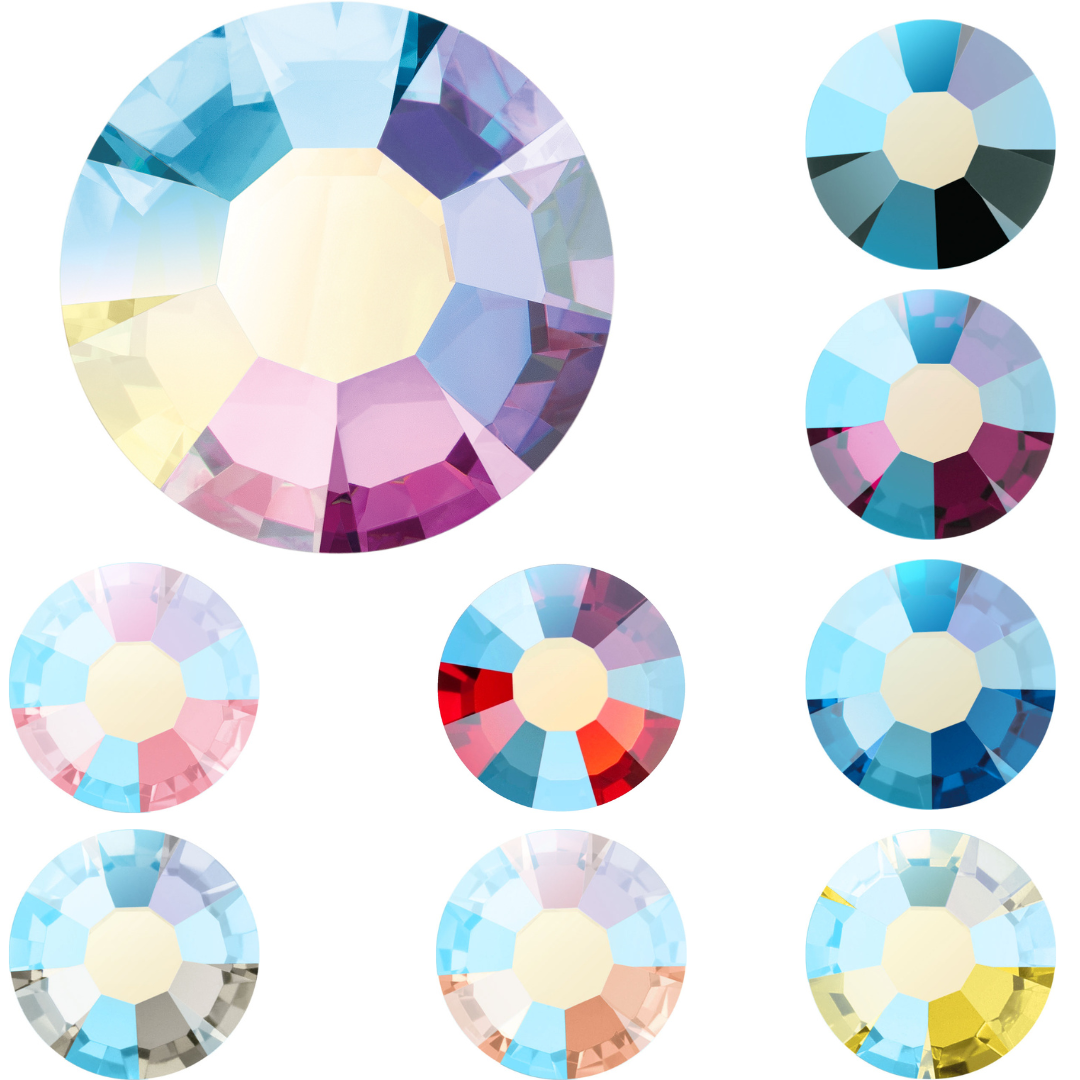
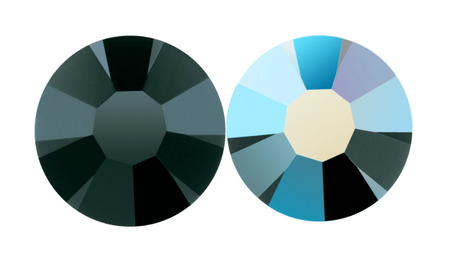
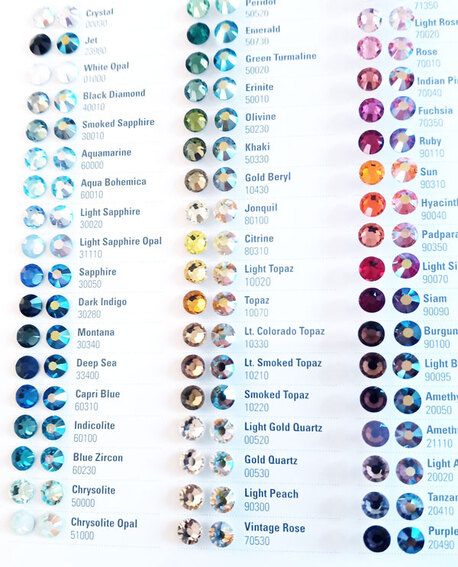
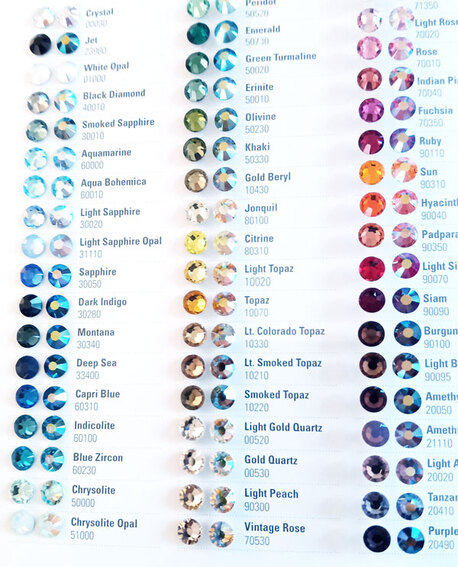
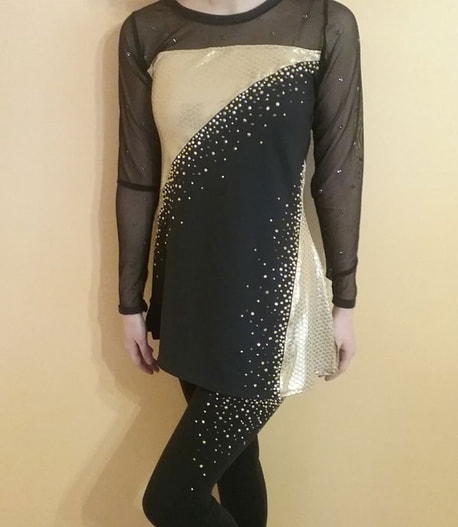
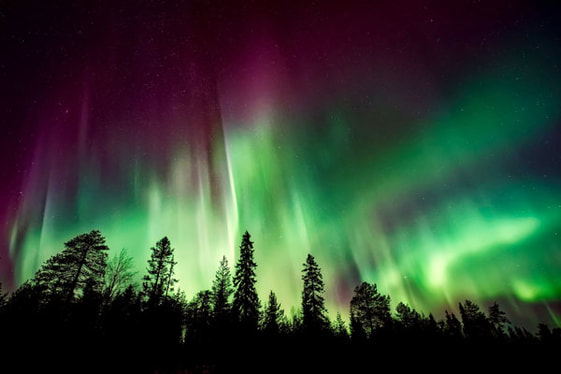
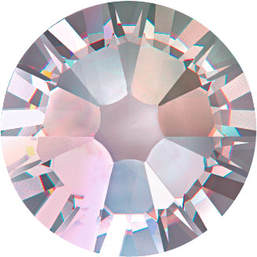
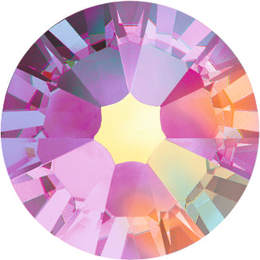
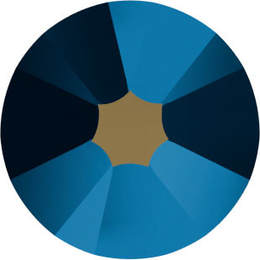
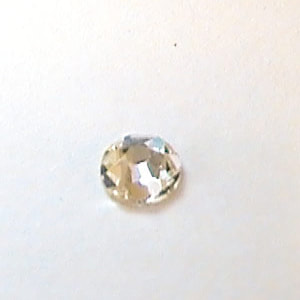
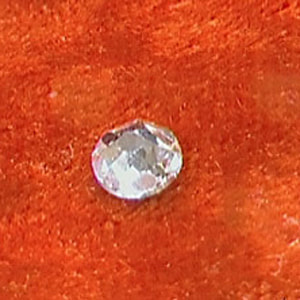
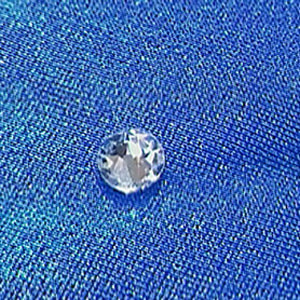
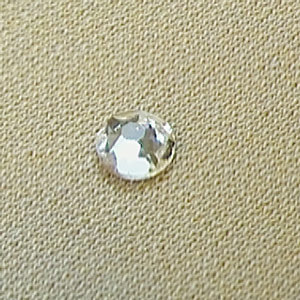

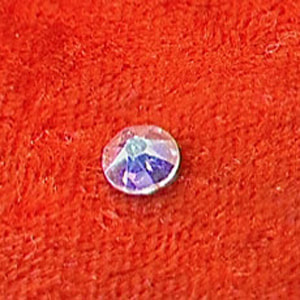
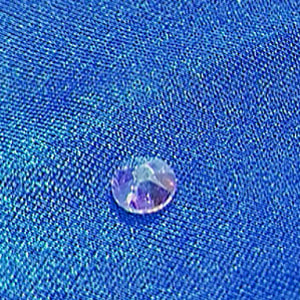
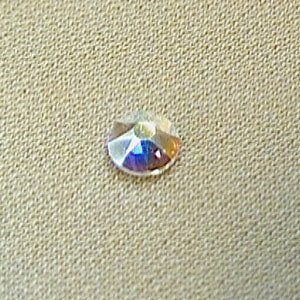
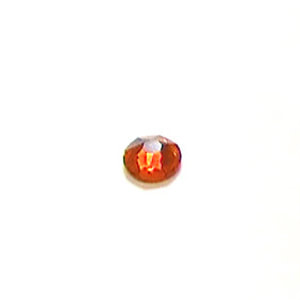
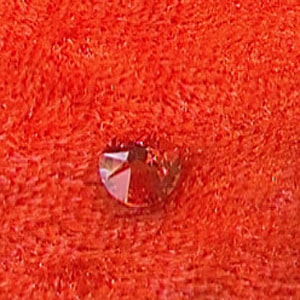
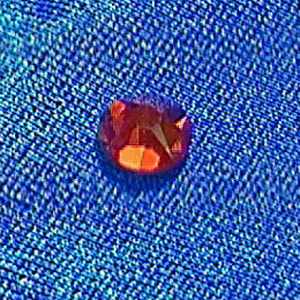
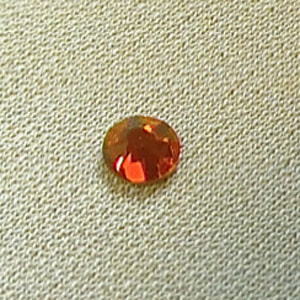
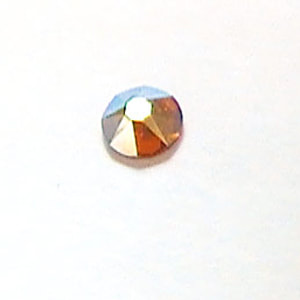
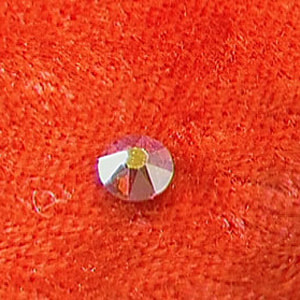
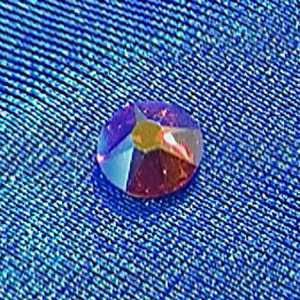
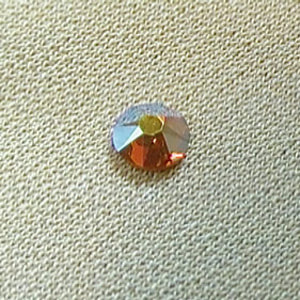
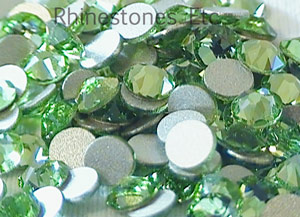
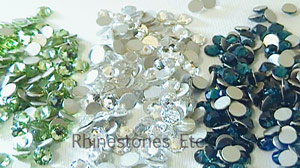
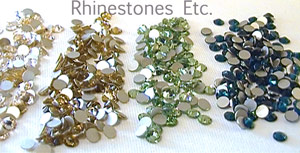
 RSS Feed
RSS Feed